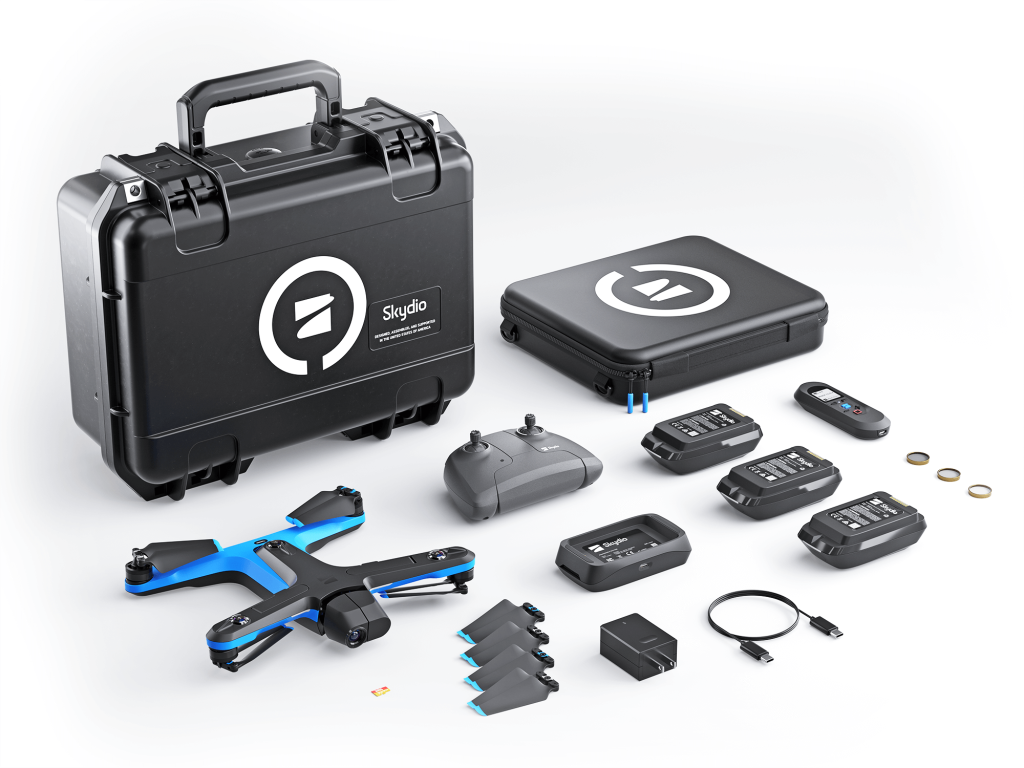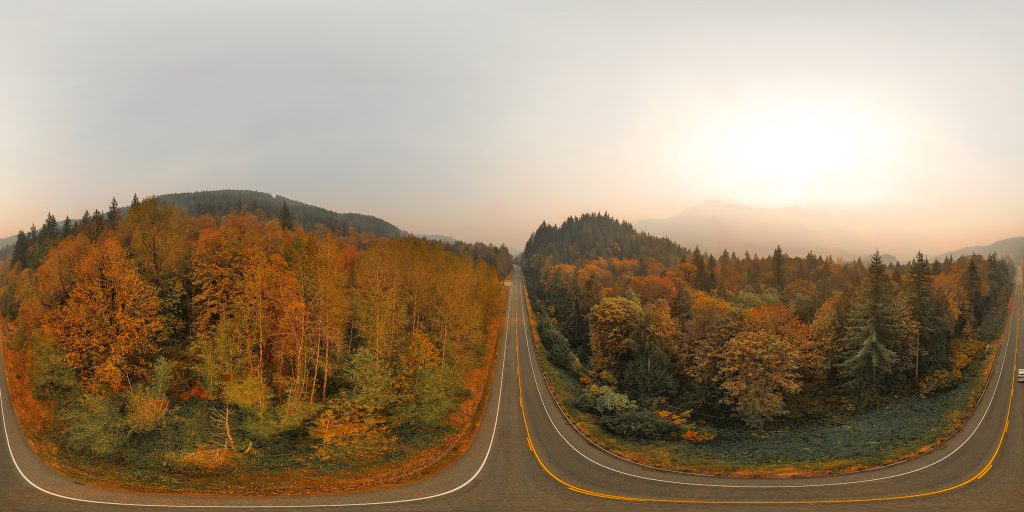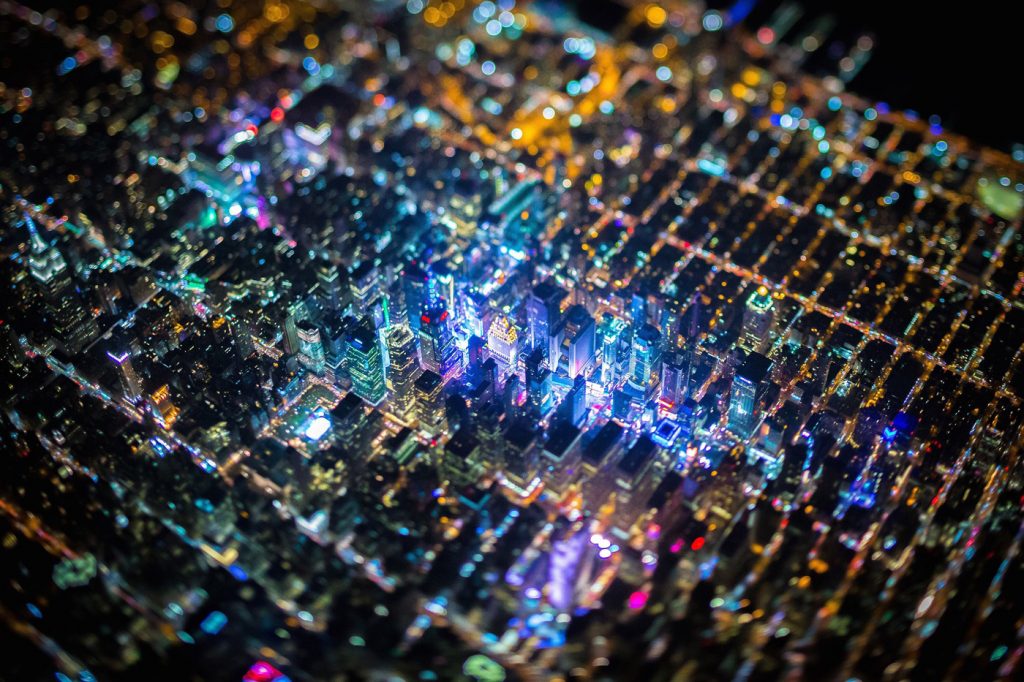The Skydio 2+ Follow Drone (Mostly) Eliminates The Need To Master Flying
Easily capture fluid footage and photography of subjects on the move

If smartphones are the paint brushes that we have all begun to wield expertly in the photography world, then drones are razor blades many of us accidentally drop out of the sky. In large part that’s because even seasoned drone owners don’t fly them daily, unlike our constantly-in-use smartphones. Taking a video with a smartphone usually doesn’t involve juggling multi-dimensional hazards and random acts of nature as well as the limits of electronic tethering from controller to human-crafted avian.
This is one way that the Skydio 2+ follow drone differentiates itself from others in the market—with another being more accessible cost. While DJI launched the Mavic 3 Pro with a Hasselblad 4/3 20MP camera as well as a 70mm telephoto and a 7x optical zoom, that model runs $2,199—while the basic level Skydio 2+ Starter Kit costs half that: $1,099.

Of greatest importance, what Skydio offers is a lower stress level. You don’t really fly this drone—it flies itself. And even if DJI’s latest Mavic is more technically adept at image and video capture, you are still responsible for making it go up, down, backward and forward. The promise of the Skydio 2+ is an entirely different experience, one we’ve had a few months of testing with.
It’s easier to fly than the Mavic 2—not because it’s more stable (on windy days that edge goes to DJI)—but because in all circumstances flying really consists only of launching the Skydio 2+ (which is as easy as holding the launch button on the screen of the Skydio app on your smartphone) and landing it. Once airborne, the Skydio 2+ is constantly terrain mapping its surroundings via three upward-facing and three downward-facing cameras so it can fly itself; those six cameras can also be used to make a spherical capture of the scene, but primarily their job is predictive, in order to free you from the onerous task of manual flight. A seventh camera on a front gimbal uses a Sony 1/2.3″ 12.3MP sensor to capture video and stills.

As it is a follow drone, once you have the Skydio 2+ in the air the next step is to decide what it will chase. Using the Skydio app you tap any subject visible via the front camera and it will begin to track it. Icons on the app grant creative tracking, allowing you to position the drone in specific proximity to its subject (say, from the front or the rear) or a path to trace (clockwise circling, counterclockwise, etc).
You can also get a lot more sophisticated by “drawing a path” that you want the drone to follow. You pre-fly the drone from point to point along a route and then you drop a “pin” on the screen at each location. How skilled you are at flying (by dragging your finger on the app screen) doesn’t matter, because once you’ve dropped a series of pins and saved that route, which is called a keyframe, you can pull that path back up and have the Skydio 2+ fly that map at full speed. The resulting footage looks very professional, and unless you are a veteran drone flier, nothing you could do manually would come out nearly as perfect. This is especially useful if you wanted to have a person move through that pathway, bisecting the route beneath the drone, to create intersecting axes of motion all in a single frame.

In practice we found that following a subject and periodically changing the perspective produced very interesting footage. It was also not a problem to decide on the fly if you wanted to manually lower the drone or raise it, change the angle from following from behind to the front, all while allowing the Skydio 2+ to adjust itself.
It can still drop a subject you’ve chosen to track, especially if that subject ducks into a space, or beneath heavy foliage, and the Skydio 2+’s optical sensors cannot peer through. This, it turns out, is why Skydio also sells a beacon ($219), which is about the size of a candy bar and extends the drone’s range over a mile. Once your subject carries the beacon their exact GPS location is shared with the drone, so even if they bomb a mountain bike through a wooded path, once they’re back in a clearing Skydio 2+ will reacquire the signal and define a route to catch up.

The beacon has another exciting function: it works like an invisible laser pointer. Just point and “tag” a location in airspace and the drone will relocate to there, and you can toggle through hard buttons on the beacon’s face to choose from several presets to pull up different shot selections (orbiting a subject, for instance). That can prove handier than having to whip out your phone and use the app’s onscreen functions.
Light and darkness are two of the Skydio 2+’s biggest challenges. Shooting 4K video up to 60fps creates fluid footage if your subject is moving quickly from shade to sun and back again, but the most current GoPro Hero cameras are quicker to match exposure, and DJI mastered this a while ago. Further, Skydio warns buyers that bare branches and thinner tree limbs pose a special hazard to the Skydio 2+ and we found that that’s unfortunately true, crashing the drone more than once in these circumstances. To be fair, the drone proved very durable while its propellers will shear easily, but that’s as a fail-safe to prevent destroying the drone’s motors, which would be far more costly to replace.
Although the Skydio 2+ doesn’t have folding arms, the 11 by 10 by 3.5-inch box that carries the drone, charger and spare props fits comfortably in a daypack, making the whole package very portable. A controller, for those who desire to fly manually, is an available accessory, though the app works well for what the Skydio 2+ excels at as a follow drone.

As for the resulting footage, the Skydio 2+ does not yet have quick tools to edit what you shoot or rights-free music. A lot of third-party apps exist for this already, but if you think about the evolution of GoPro they quickly realized that their job was less about building better cameras and more about making themselves the default action camera company. DJI may be chasing the same idea even if, interestingly, Skydio’s the brand removing pain points to flying a drone.
All in, the Skydio 2+ is a great option if you’re looking for an affordable follow drone that gets most things right. If you’re hoping to share airborne video to social media but haven’t wanted the hassle of learning to fly, Skydio’s removed that obstacle and, in doing so, is inching all of us closer to a smartphone-era of artistry on a massive scale.
Images courtesy of Skydio












